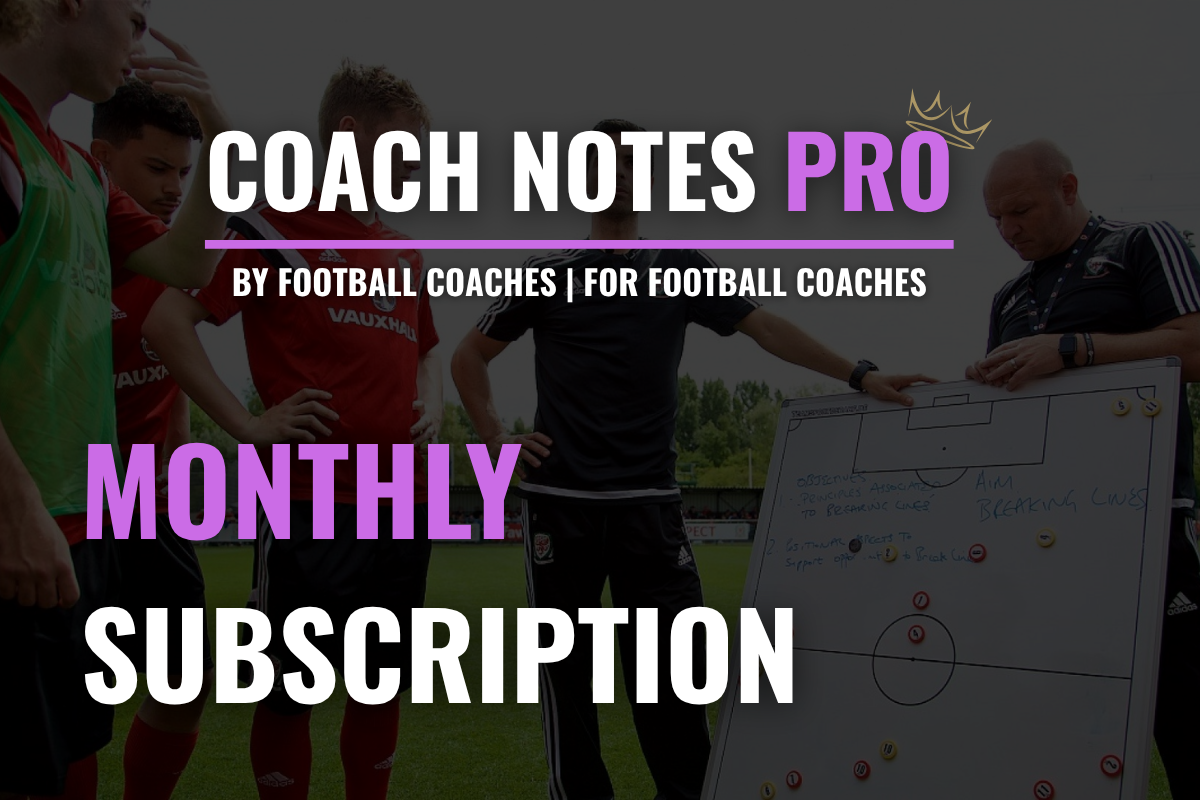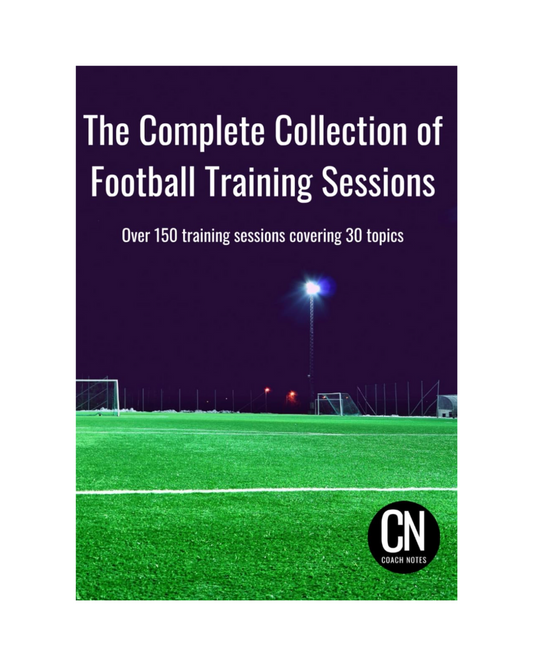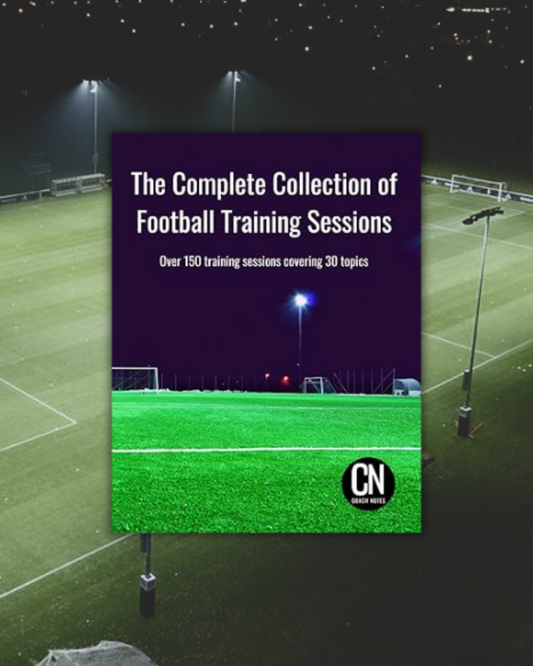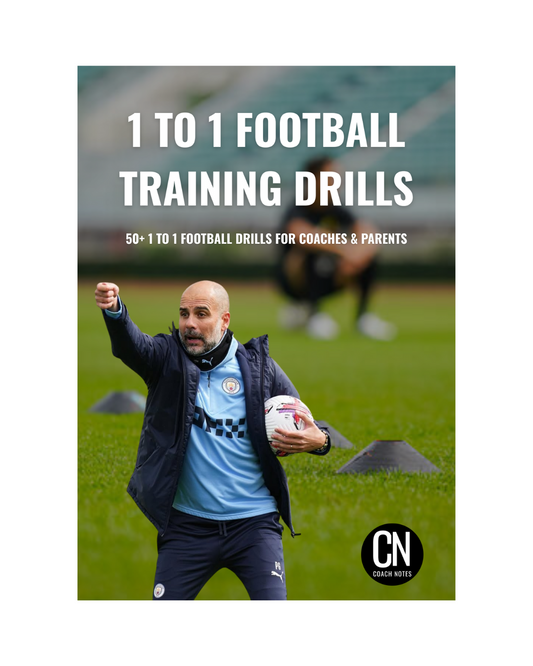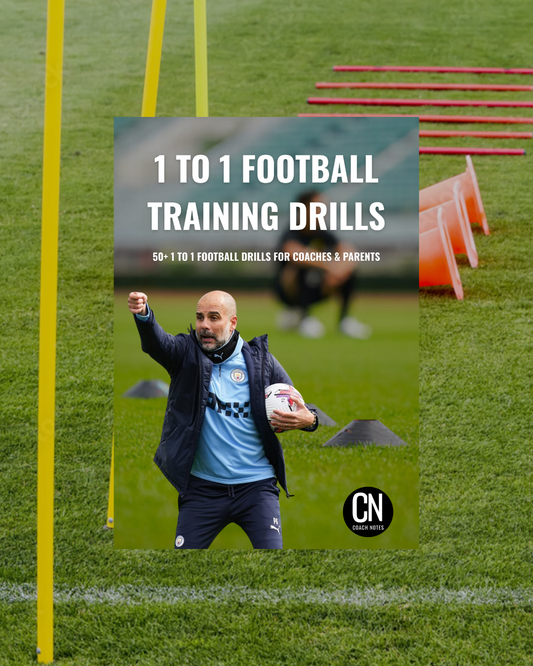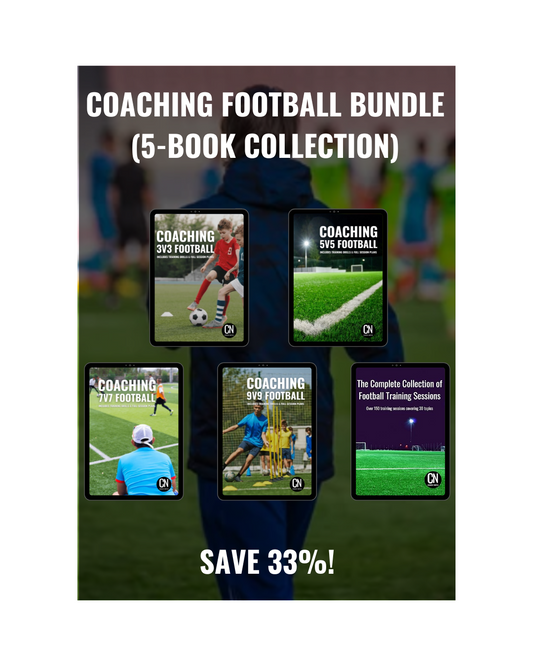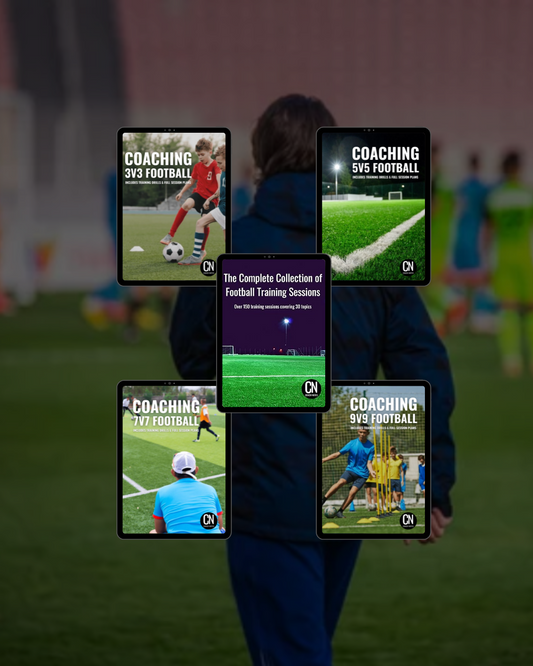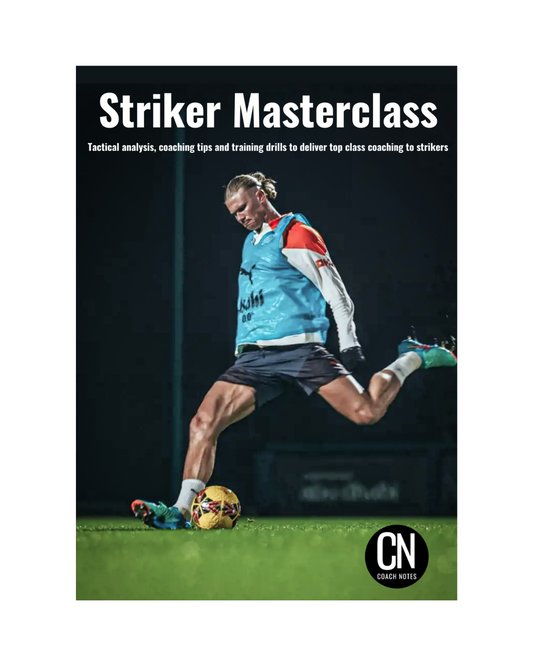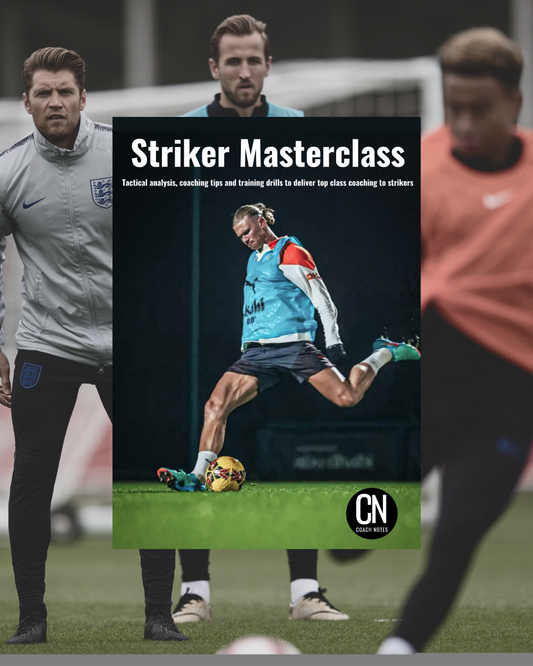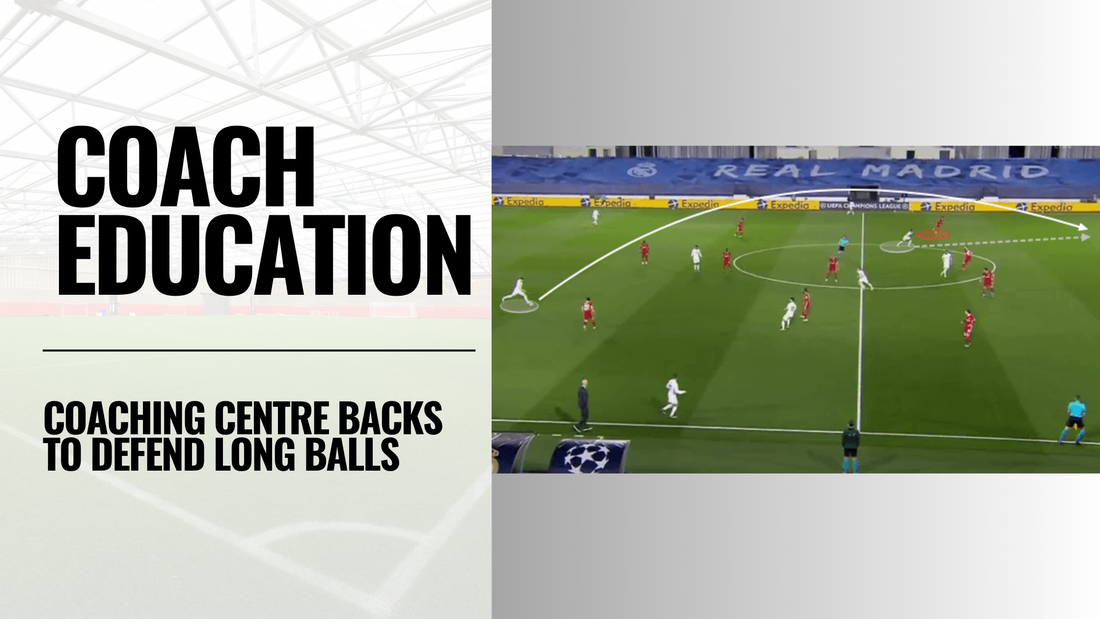
Coaching Centre Backs to Defend Long Balls
Share
In modern football, where build-up play and possession dominate tactical trends, it’s easy to overlook the need to defend more traditional, direct styles. But many teams especially those who play on quick transitions or rely on target men still use long balls over the top as a key weapon. If your centre backs are not equipped to deal with these situations, your team can be undone in moments. This article explores how to coach your central defenders to effectively deal with direct balls.
🧠 Understanding the Threat
Direct balls can hurt teams in two key ways:
-
Target forwards holding up the ball
These players thrive on receiving the ball to feet or chest, often pinning a defender, then playing off to midfield runners. -
Pace in behind
Speedy attackers time their runs to get in behind the defence, especially when defenders are caught square or flat-footed.
To defend against these threats, centre backs must learn to read the game, adjust their body position, and use physicality and decision-making in equal measure.
📌 Don’t Get Pinned – Disrupt the First Touch
When up against a powerful target man, the instinct might be to fight for position and try to win the ball cleanly. However, if your centre back gets pinned, they’re at the mercy of the striker’s control and lay-offs.
Instead, coach defenders to bump the striker just as the ball arrives – not enough for a foul, but enough to disrupt their balance and prevent a clean first touch. This slight contact can force errors, miscontrols or even missed contacts entirely.
At the same time, coach your centre back to start tracking backwards as they apply this bump. This ensures they don’t get caught too close to the ball and allows them to drop and recover if the striker gets a lucky bounce.
💨 Defending Against Pace – First Contact Wins
Quick forwards running in behind are another frequent danger. Here, first contact is everything. The worst mistake a centre back can make in this scenario is letting the ball bounce. Once it bounces, the attacker’s pace becomes a much bigger threat.
Coaching points include:
- Clear early if under pressure – even if it’s not pretty.
- Stay side-on and avoid flat-footed body shapes.
- Read the line – coach the back line to move up just before the long ball is played to catch strikers offside.
Also, remind centre backs that many fast attackers don’t enjoy physical duels. Get tight early, lean in, use the arms legally to make them uncomfortable. Turning the duel into a physical one can take the edge away from pacy forwards.
👥 Recognising Striker Profiles
It’s not just about reacting, it’s about predicting. If a striker prefers receiving to feet, your centre back must prepare to compete early and close space. If they prefer running in behind, defenders need to drop early, leave space in front, and control the depth.
Good coaching involves helping players recognise the striker’s habits and adjust their decisions accordingly.
Ask your defenders:
- Is this player always peeling off my shoulder?
- Do they want to hold it up or spin in behind?
- Can I get tight and win it early, or do I need to drop and screen?
↪️ Covering Behind the Line
Mistakes will happen. What matters most is how the team supports one another when first contact is lost. Always coach one centre back or the full back, if the CB steps out to drop into a covering role.
Covering allows:
- Recovery from missed aerial duels.
- Sweeping behind a missed header.
- Support against flick-ons or knockdowns.
Use simple rules like “if one steps, one drops” to ensure defensive balance is maintained even against chaos caused by long balls.
⚽️ Train It, Don’t Just Talk It
To develop these habits, training needs to include realistic scenarios. Ideas include:
- Defending 1v1 duels after a goal kick or long ball.
- 2v2 or 3v2 drills with a striker receiving long passes.
- Back four vs two strikers, starting from long balls in transition.
- Tracking runners and drop coverage in live phase play.
The key is to create chaos in controlled environments so players develop instinctive responses. Give them experience in reading the flight of the ball, judging striker movement, and making split-second decisions.
💨 Final Thoughts
Defending long balls is a test of decision-making, positioning, physicality and mentality. A well-coached centre back doesn’t panic, doesn’t dive into duels, and understands when to drop, when to engage, and when to cover. By training these habits deliberately and tailoring sessions to mimic match demands, you’ll develop defenders who can handle both the slickest possession teams and the most direct opponents with equal confidence.

